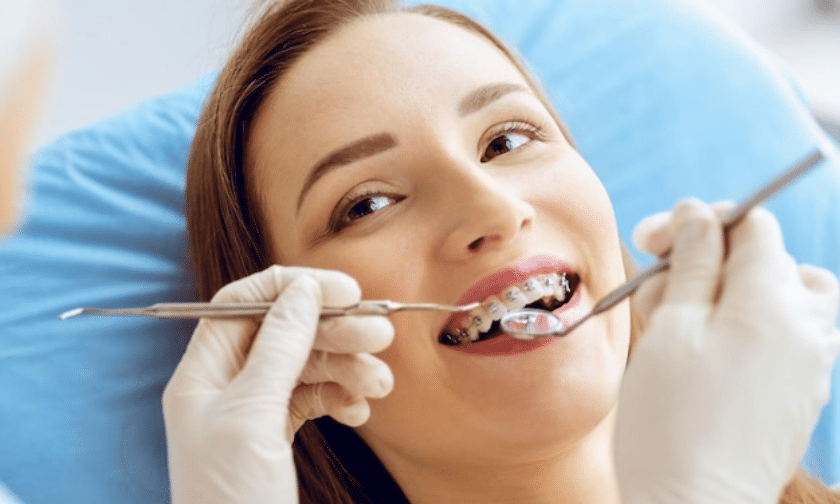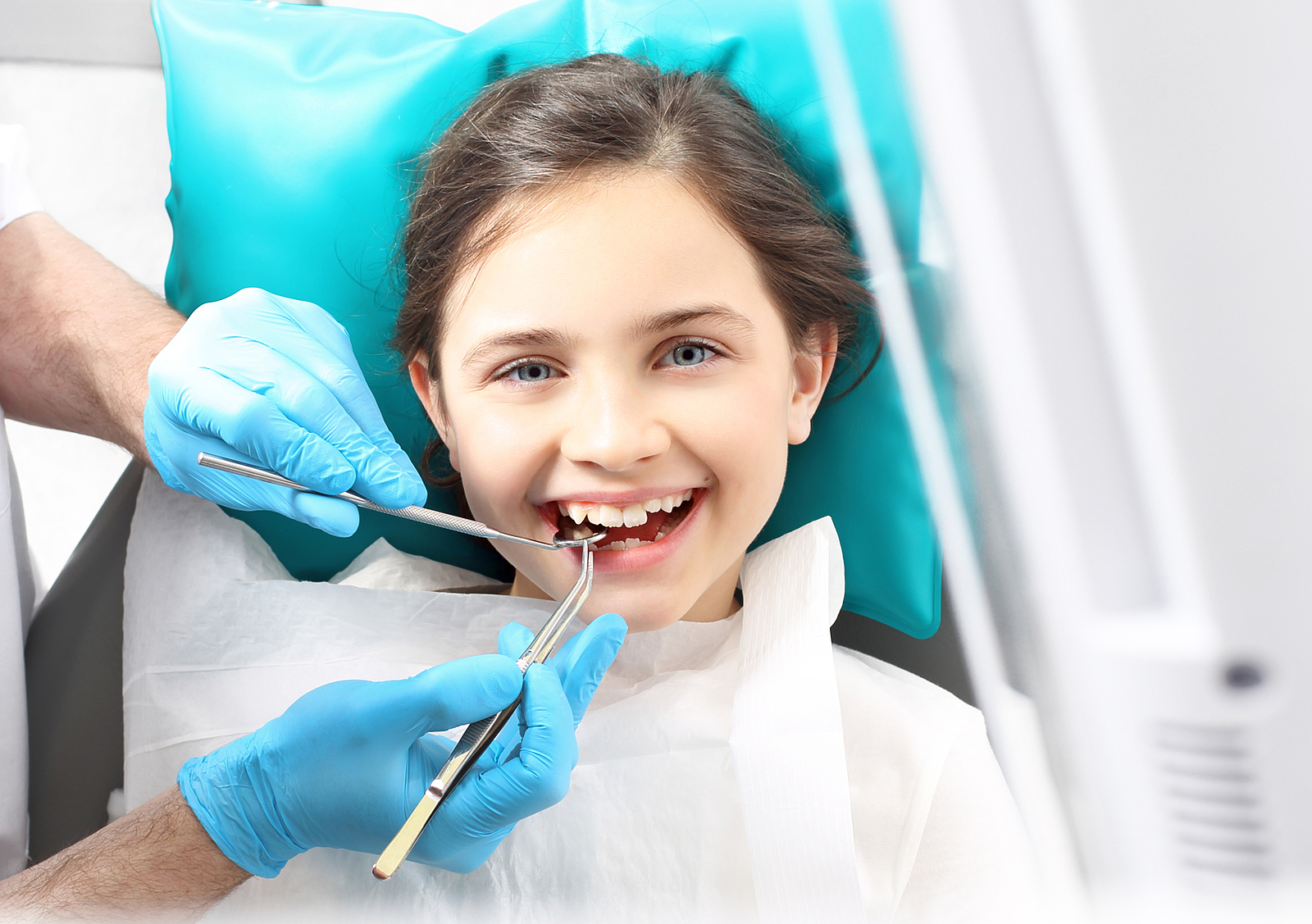The Ultimate Guide To Legacy Orthodontics
The Ultimate Guide To Legacy Orthodontics
Blog Article
The 2-Minute Rule for Legacy Orthodontics
Table of ContentsSome Ideas on Legacy Orthodontics You Should KnowThe Definitive Guide to Legacy OrthodonticsThe Of Legacy OrthodonticsLegacy Orthodontics Fundamentals ExplainedFascination About Legacy Orthodontics
At Advanced Orthodontics, we supply individuals with a alternative treatment experience. Additionally, we use adjustable therapy schedules, adaptable payment options and an enjoyable, enjoyable experience. leesburg orthodontics. Call ( 480) 357-4900 today for more details and timetable a consultation.An orthodontist is a dental practitioner educated to identify, stop, and treat teeth and jaw irregularities. Orthodontists function with individuals of all ages, from kids to grownups.
Malocclusion, or misaligned teeth, can bring about dental issues, consisting of dental cavity, gum disease, and difficult or uncomfortable chewing. But not every person is birthed with straight teeth. If you have a poor bite or big rooms between your teeth, you may intend to consult a dental professional specializing in orthodontic care.
Not known Incorrect Statements About Legacy Orthodontics
( Photo Credit Report: DigitalVision/Getty Images) Orthodontists utilize repaired and detachable oral gadgets, like braces, retainers, and bands, to alter the position of teeth in your mouth. Orthodontic therapy is for oral problems, including: Crooked teethBite troubles, like an overbite or an underbiteCrowded teeth or teeth that are too much apartJaw misalignmentThe objective of orthodontic treatment is to improve your bite.
While you might think of orthodontists as mostly for children or teens who need braces, they can deal with dental problems at any kind of age. Orthodontists go to university, dental college, and orthodontic college.
, yet not all dental practitioners are orthodontists. They concentrate on two areas: Just how to effectively and safely move teeth How to correctly direct development in the teeth, jaw, and faceOnce an orthodontist has actually finished training, they have the alternative to come to be board certified.
Legacy Orthodontics Can Be Fun For Everyone
Misalignment, or malocclusion, is the most common reason people see an orthodontist. It is hereditary and is the outcome of size differences between the upper and reduced jaw or in between the jaw and teeth. Malocclusion results in tooth overcrowding, a twisted jaw, pop over here or irregular bite patterns. Malocclusion is typically treated with: Your orthodontist attaches steel, ceramic, or plastic square bonds to your teeth.
If you have only minor malocclusion, you may have the ability to use clear dental braces, called aligners, rather of conventional dental braces (https://www.ted.com/profiles/47882171). Some individuals require a headwear to help move teeth right into line with stress from outside the mouth. After dental braces or aligners, you'll require to put on a retainer. A retainer is a custom-made device that keeps your teeth in position.
They can develop extra space in the mouth without having to pull teeth. Orthodontists use cords, surgical screws, or plates to support your jaw bone.
You might require to see an orthodontist if you have: Crowding or not adequate space for every one of your teethOverbite, when your top teeth come over your base teethUnderbite, when your bottom teeth are too far forwardSpacing or concerns with gapsCrossbite, which is when your upper teeth fit behind your bottom teeth when your mouth is closedOpen bite or a vertical gap between your front bottom and upper teethMisplaced midline, when the center of your base and top teeth do not line up Remedying a dental malocclusion can: Make biting, chewing, and talking easierImprove the proportion of our face and your total appearanceEase discomfort from temporomandibular joint conditionsSeparate your teeth and make them easier to cleanse, aiding protect against tooth degeneration or tooth cavities It's usually a dental professional that initially notices misaligned teeth during a regular examination.
The Definitive Guide for Legacy Orthodontics

During your first orthodontic examination, you'll likely have: An oral examPhotos taken of your face and smileDental X-raysPanoramic (360 degree) X-rays of your face and headImpressions to create mold and mildews of your teethThese tests will help your orthodontist recognize just how to continue with your treatment. braces. An orthodontist is a dentist that's had training to treat your teeth and jaw
Orthodontists might carry out surgery, exams,X-rays,and more to aid you acquire a much more comfortable, much healthier smile. An orthodontist is focused on your bite, so something like a broken tooth would certainly be managed by a dentist. Orthodontists are dental experts but not all dental practitioners are orthodontists. Orthodontists are concentrated on your bite, or the means your teeth fit together, and the straightness of your teeth.
Ever before asked yourself how celebrities constantly seem to have completely straightened teeth? Orthodontists are oral specialists that focus on remedying irregularities in the teeth and jaws.
The Facts About Legacy Orthodontics Uncovered

, orthodontists have a varied toolkit at their disposal. These reliable dental braces use a system of brackets bonded to the teeth and connected by cords.
These removable trays are custom-made to progressively change the teeth's placement. In instances of slim jaws, palatal expanders can be utilized to produce space for appropriate tooth alignment.
Report this page